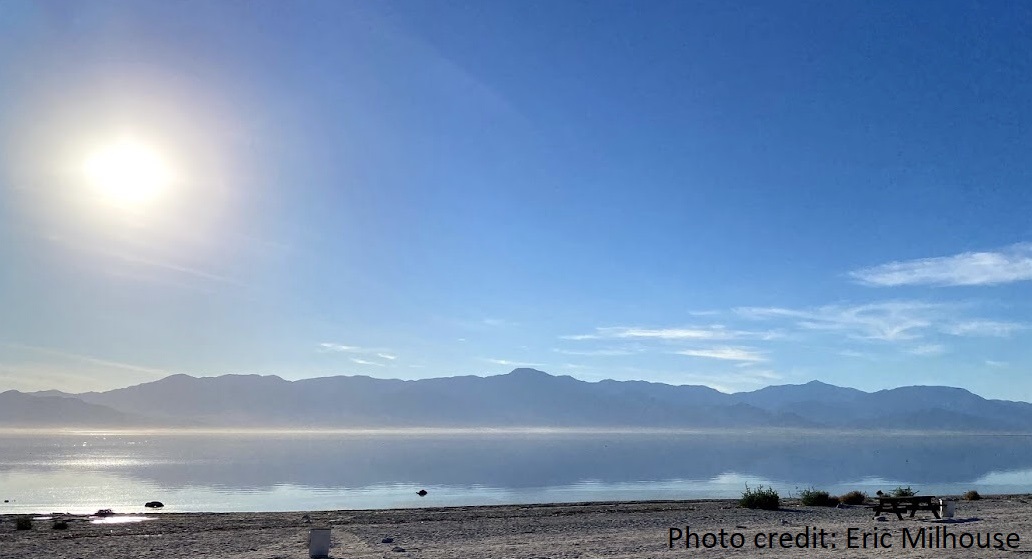Lithium Sea
Submitted by Atlas Indicators Investment Advisors on February 24th, 2022
Resort towns are known for their boom-and-bust cycles. When financial crises materialize, ownership of second and third properties are the first to be sacrificed by people impacted in the downturn. One resort town in Southern California, however, managed to escape the up portion of these cycles, pretty much falling from a peak in the 1960s. Salton Sea was once a destination for things like bird watching, and celebrities were known to frequent the lake which overlaps the border between Riverside and Imperial counties.
The current lake was created after a large inflow of water from the Colorado River settled there starting in 1905. Spring floods overwhelmed the local canal system, depositing water for two years before the damage could be repaired and stop the flow. Farmers irrigating their crops let excess water run off their land which eventually ended up in the lake and kept if from going dry during its heyday.
Suddenly the appeal started to wane. In part, chemicals from local agriculture made their way into the lake, contaminating the water and promoting diseases in the wildlife. Additionally, irrigation technology improved, so less runoff was available to compete with evaporation and the lake started to shrink. The former resort area was all but abandoned as a result.
Things could be changing for the Salton Sea, however. As it turns out, about 60 percent of the world’s lithium comes from evaporated bodies of water. Three companies with competing technologies believe they have developed ways to more efficiently extract the element from lithium-rich brine often found in similar bodies of water.
Lithium is an essential component of batteries, the kind that power cars without combustion engines. Our nation currently imports virtually all of the element it uses. Challenges with global supply chains have pushed the cost of the raw material higher. California’s Energy Commission estimates the Salton Sea could produce more metric tons of lithium carbonate (the salt used to produce rechargeable batteries) annually than the entire globe created last year.
This could be a boon for an area of Southern California that has struggled economically. Jobs could come directly out of this endeavor. Those jobs, in turn, could support other economic factors like retail and services. Of course, we shouldn’t ignore the fate of this area after its last economic boom, and there are sure to still be environmental knock-on effects as well.

